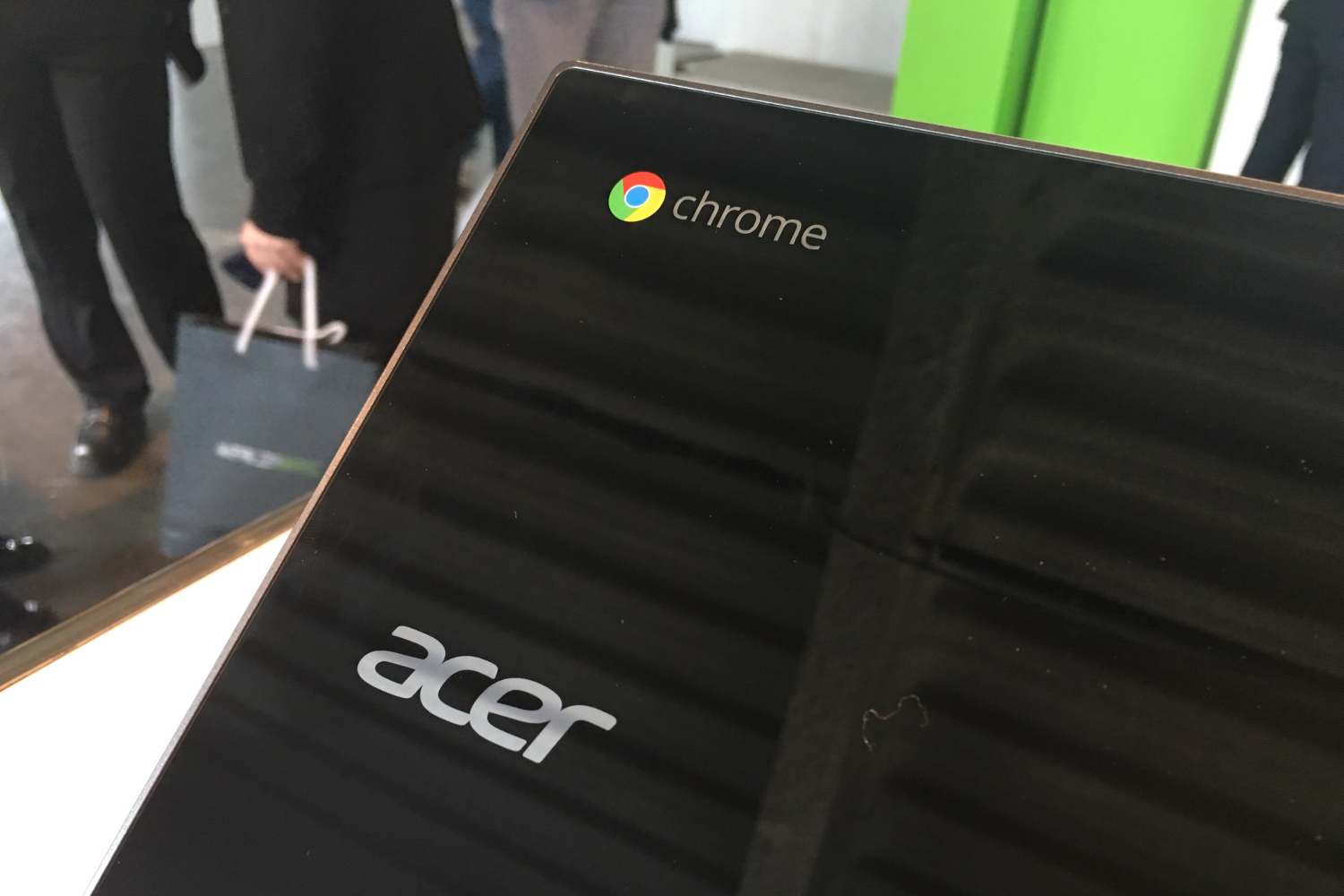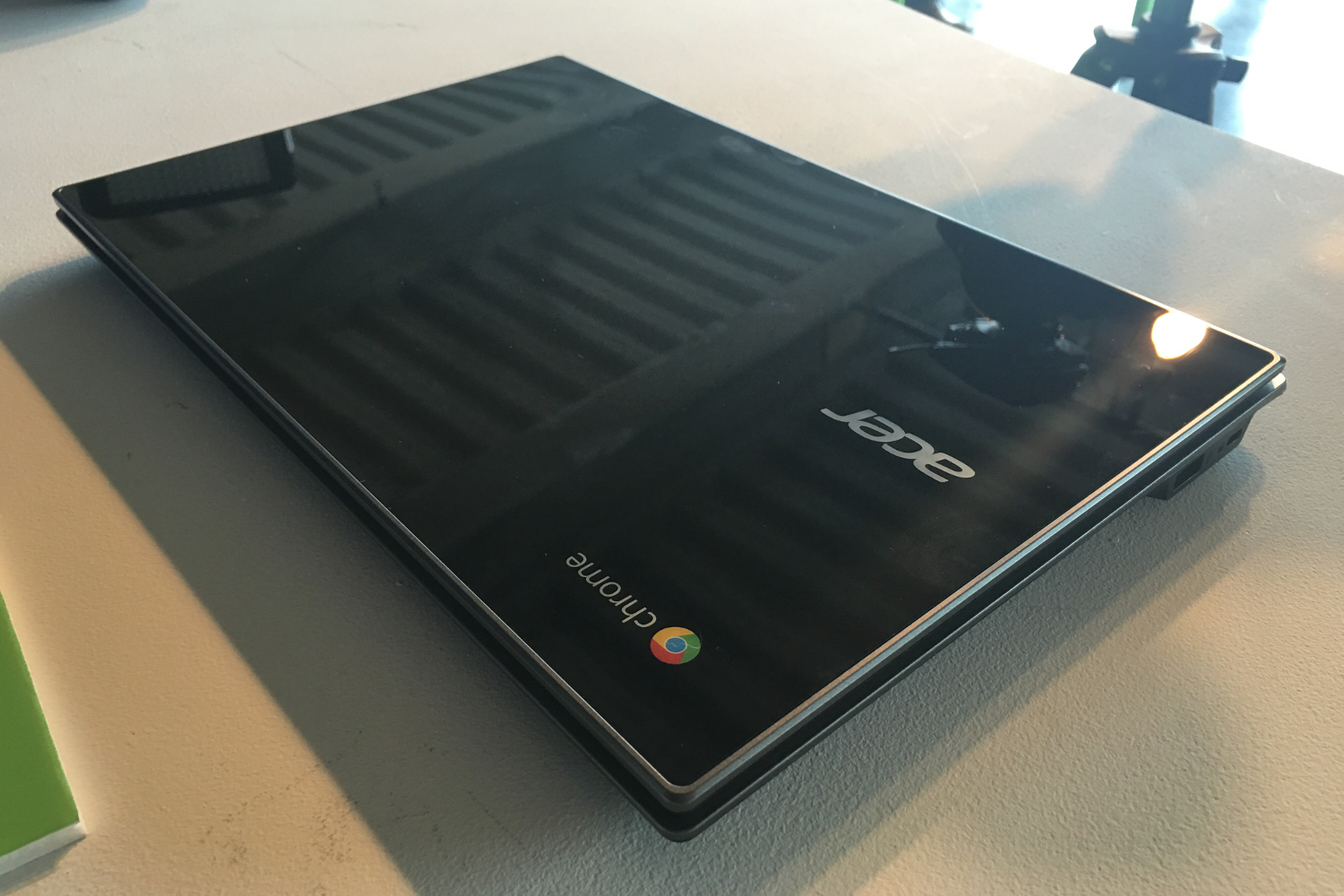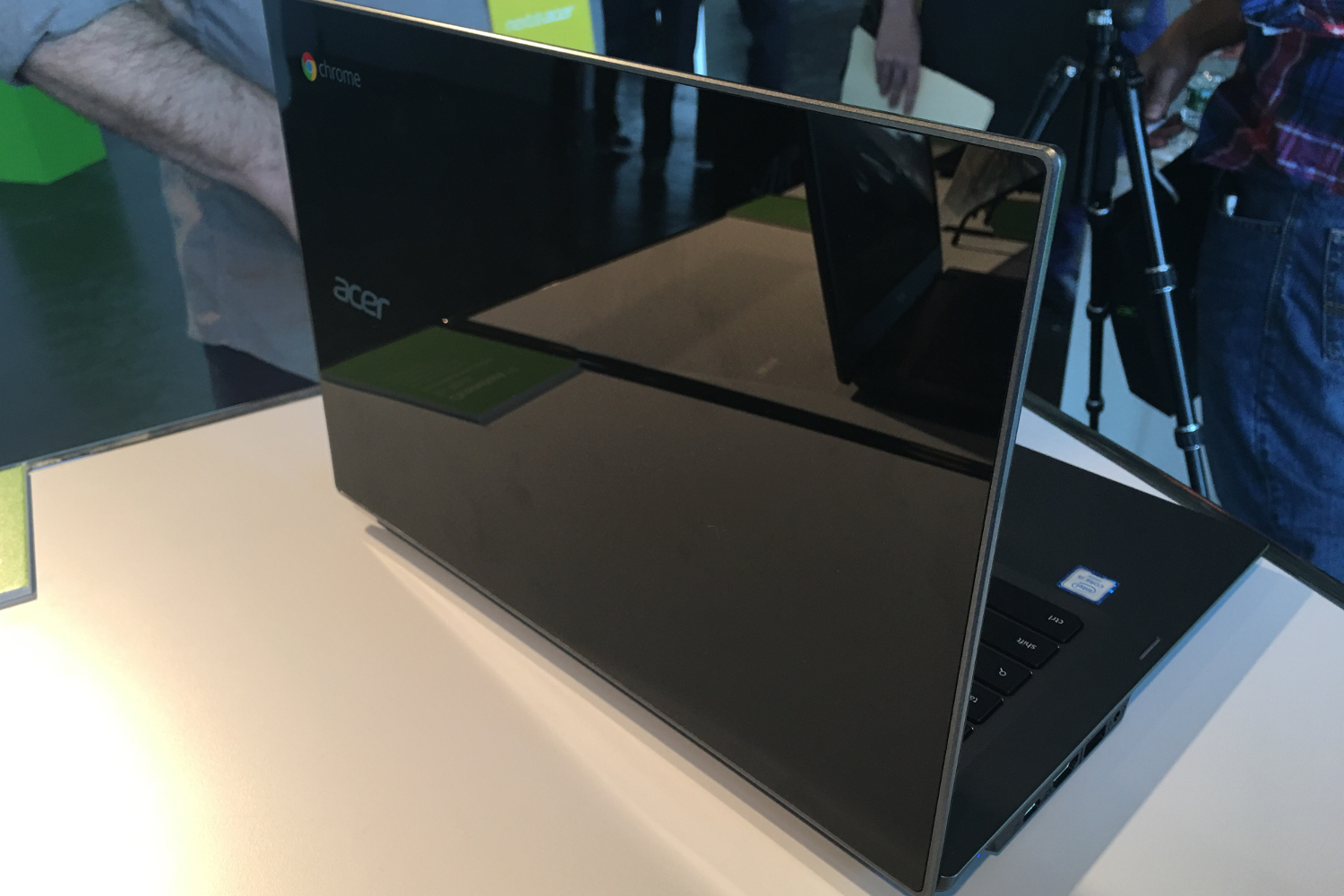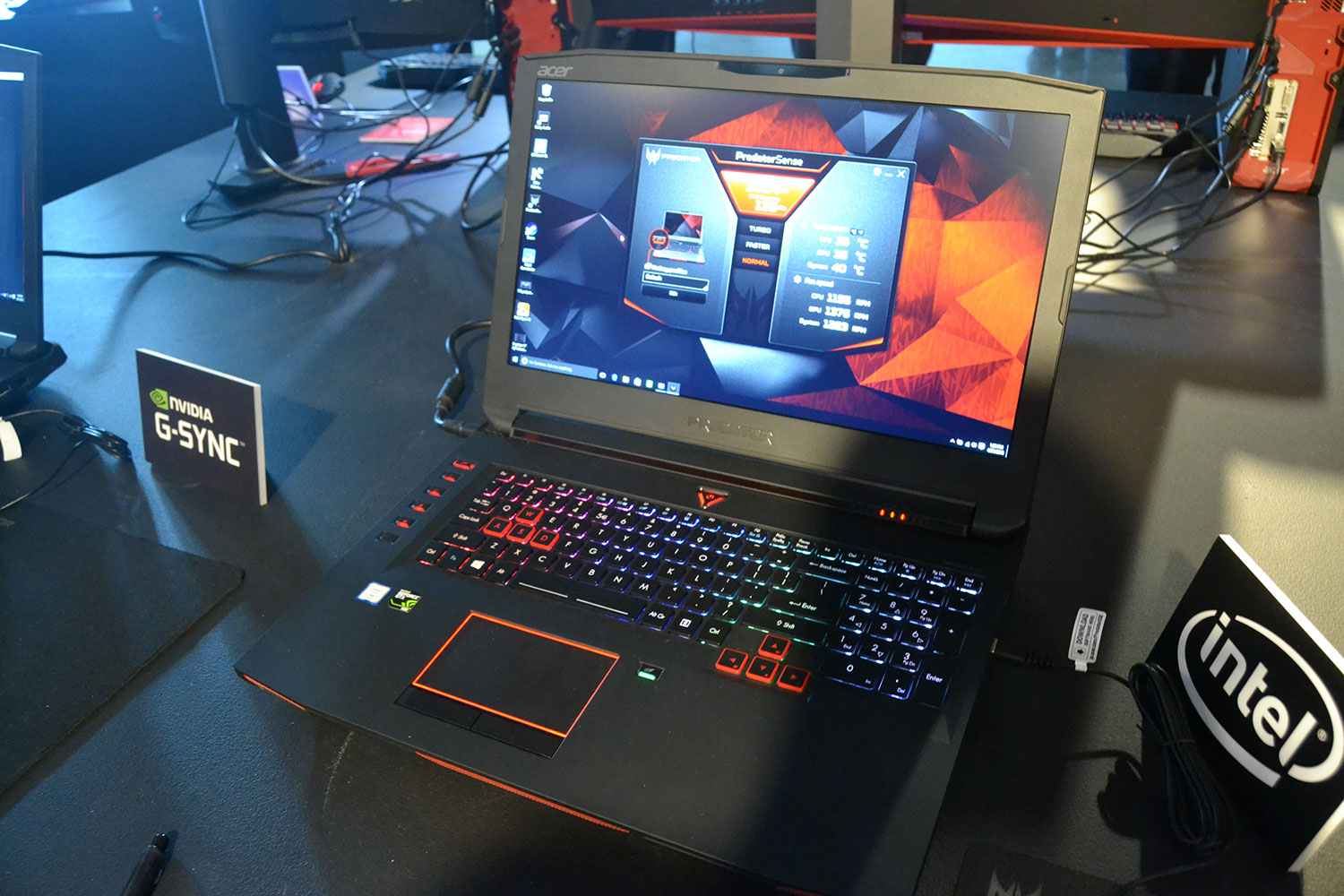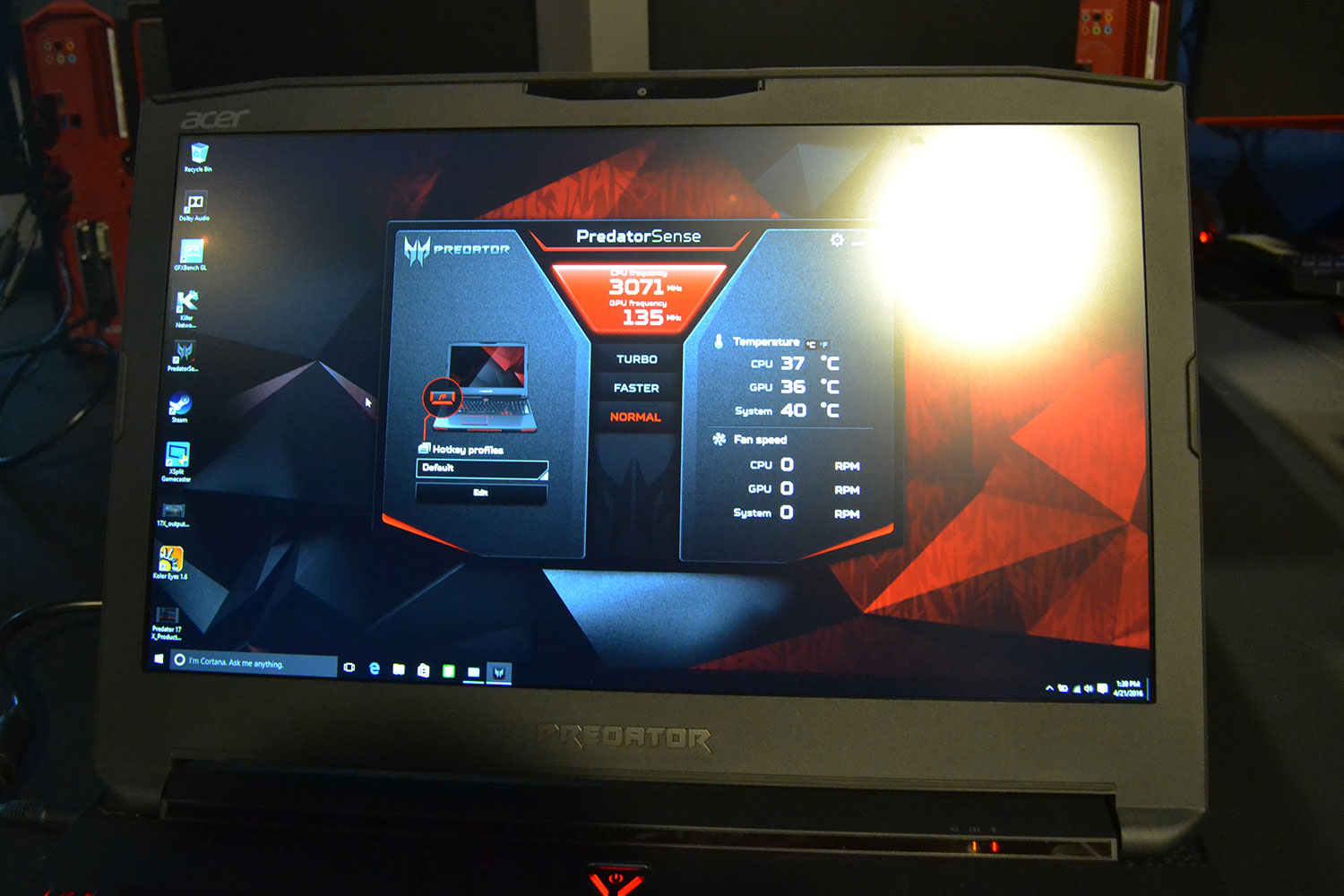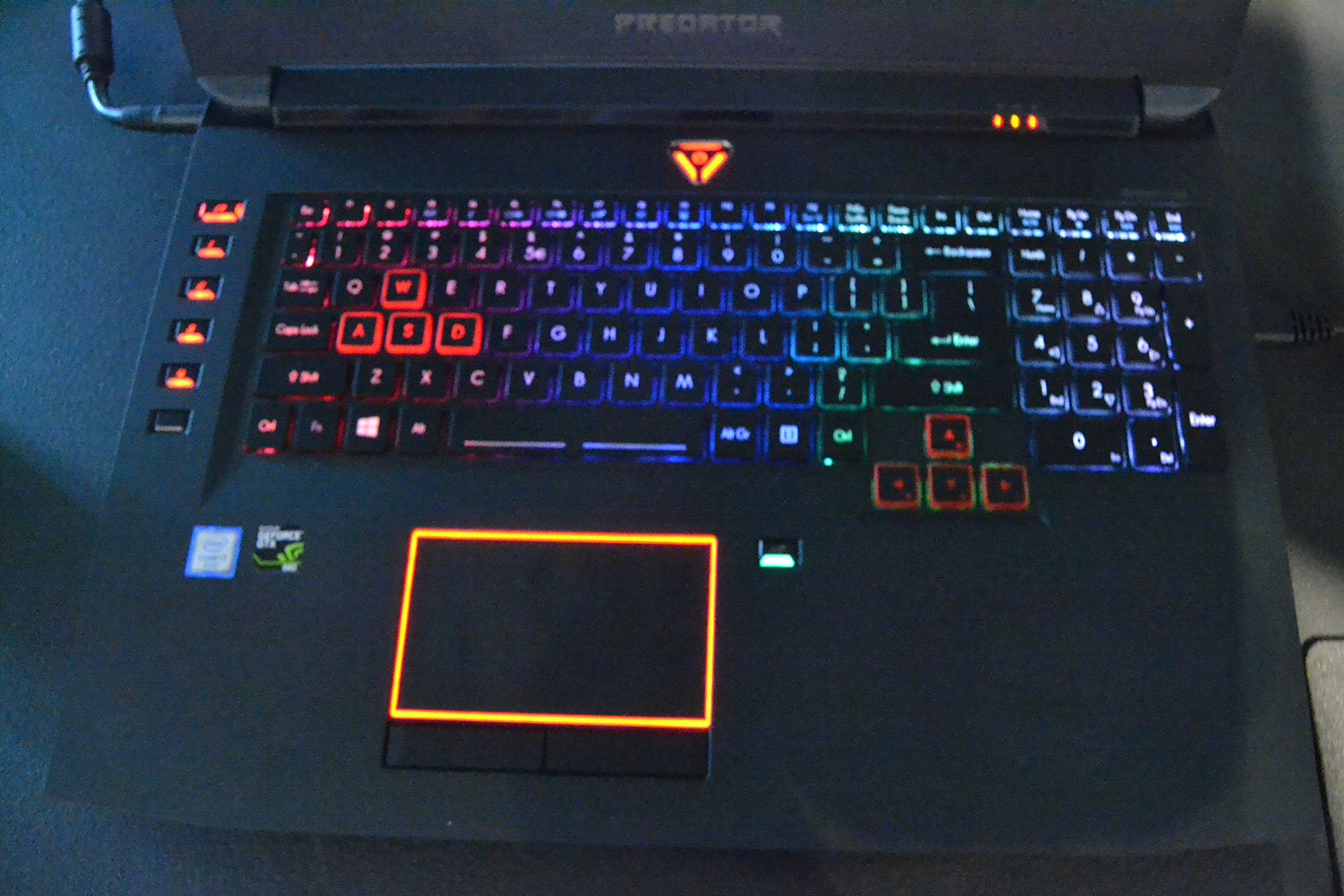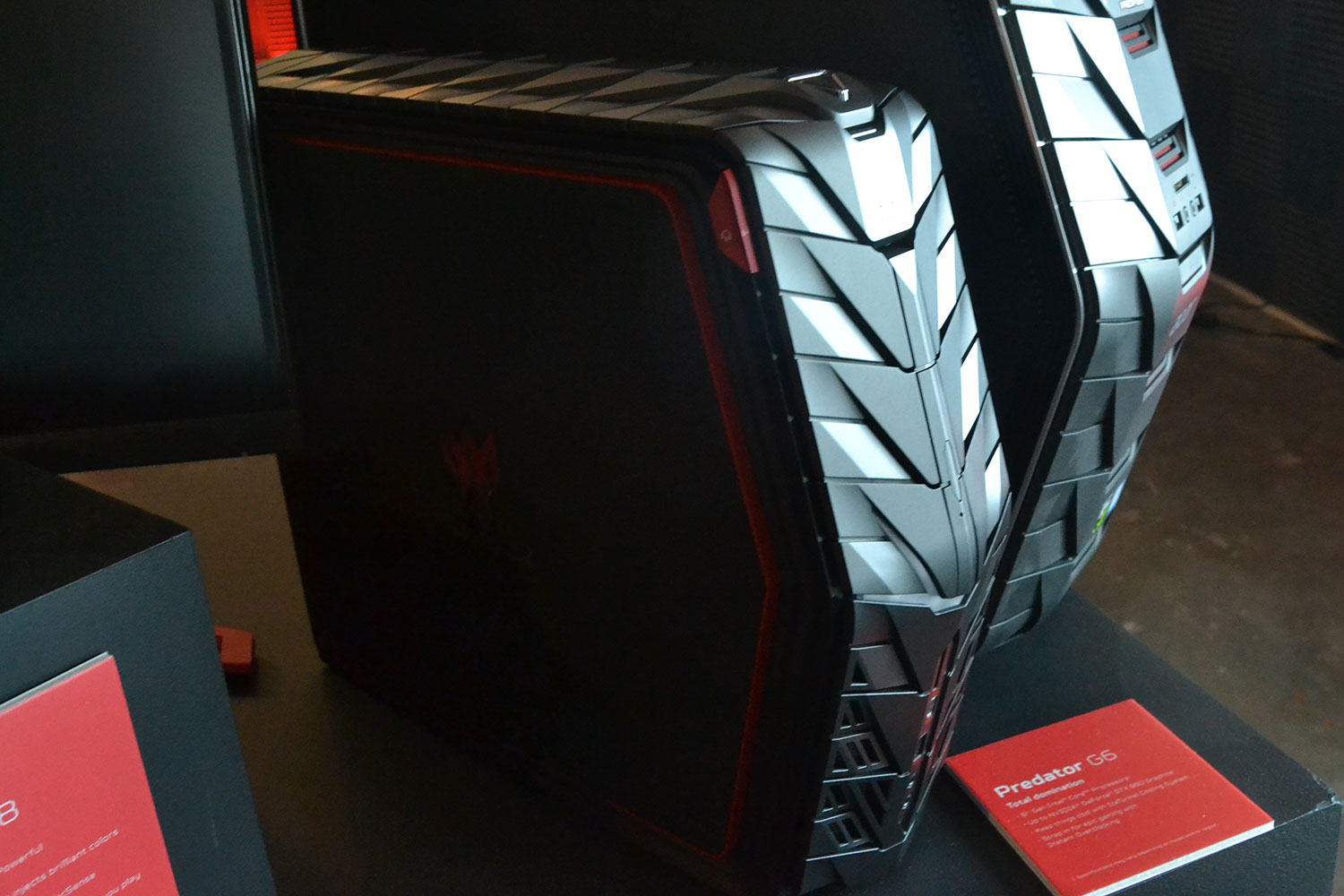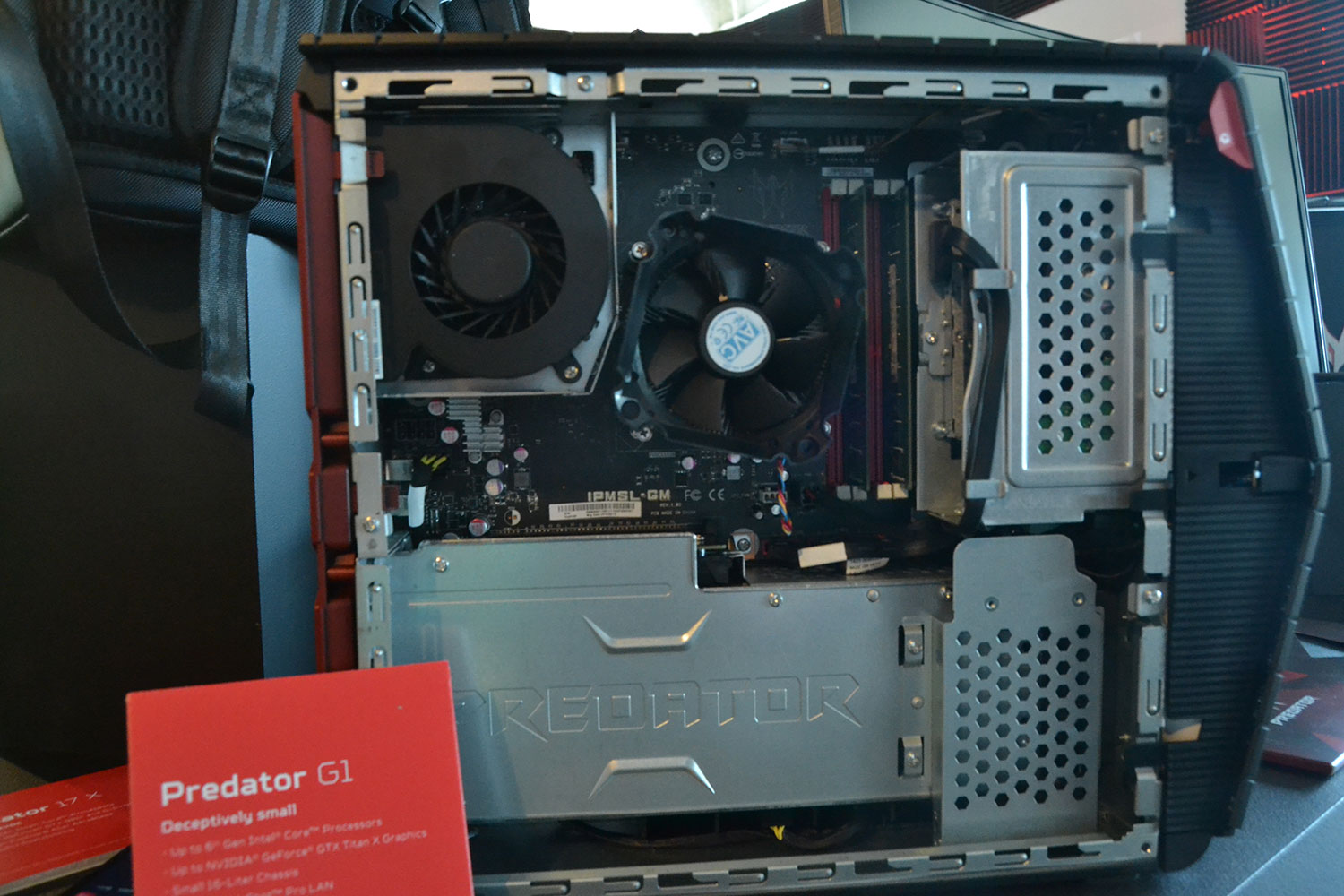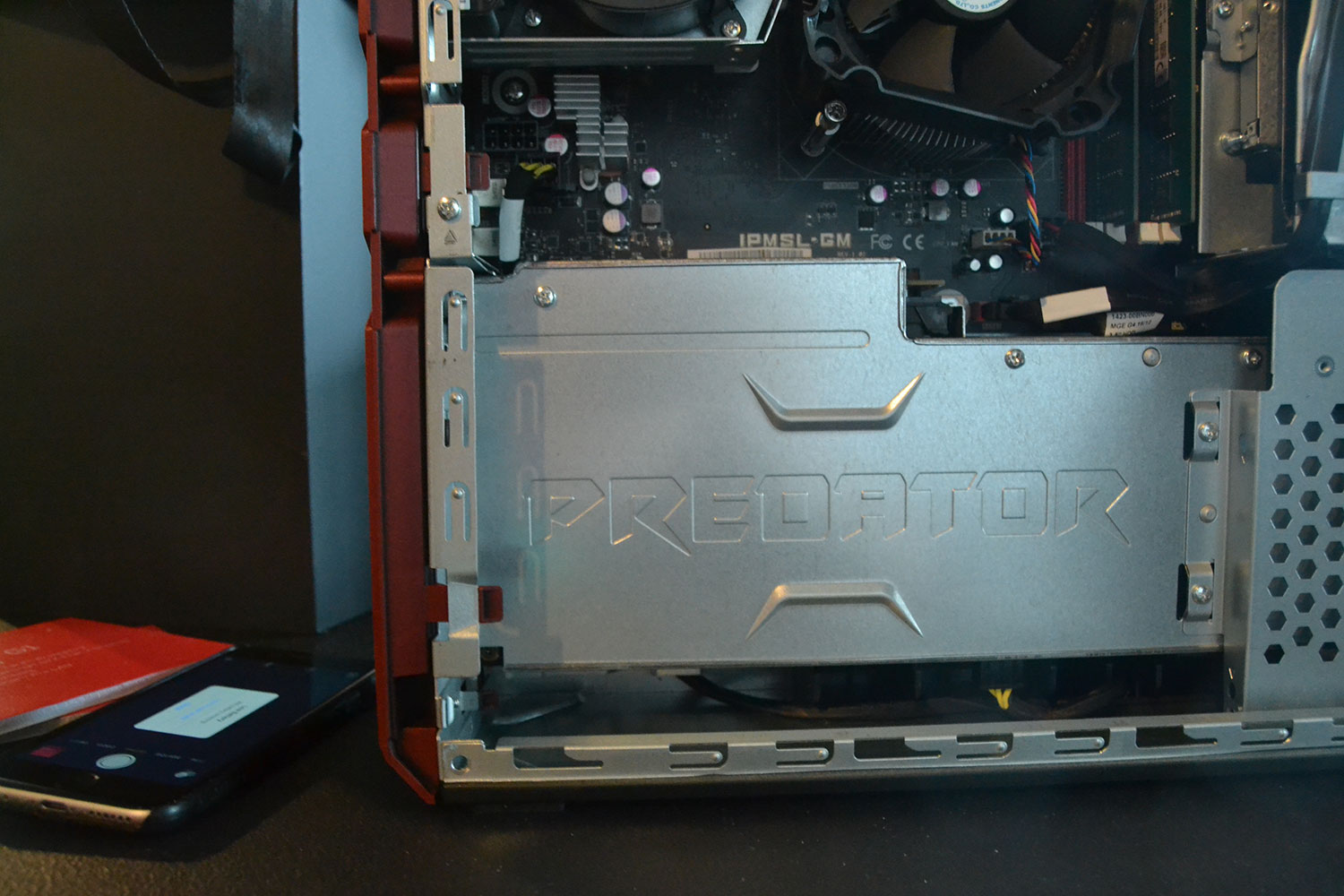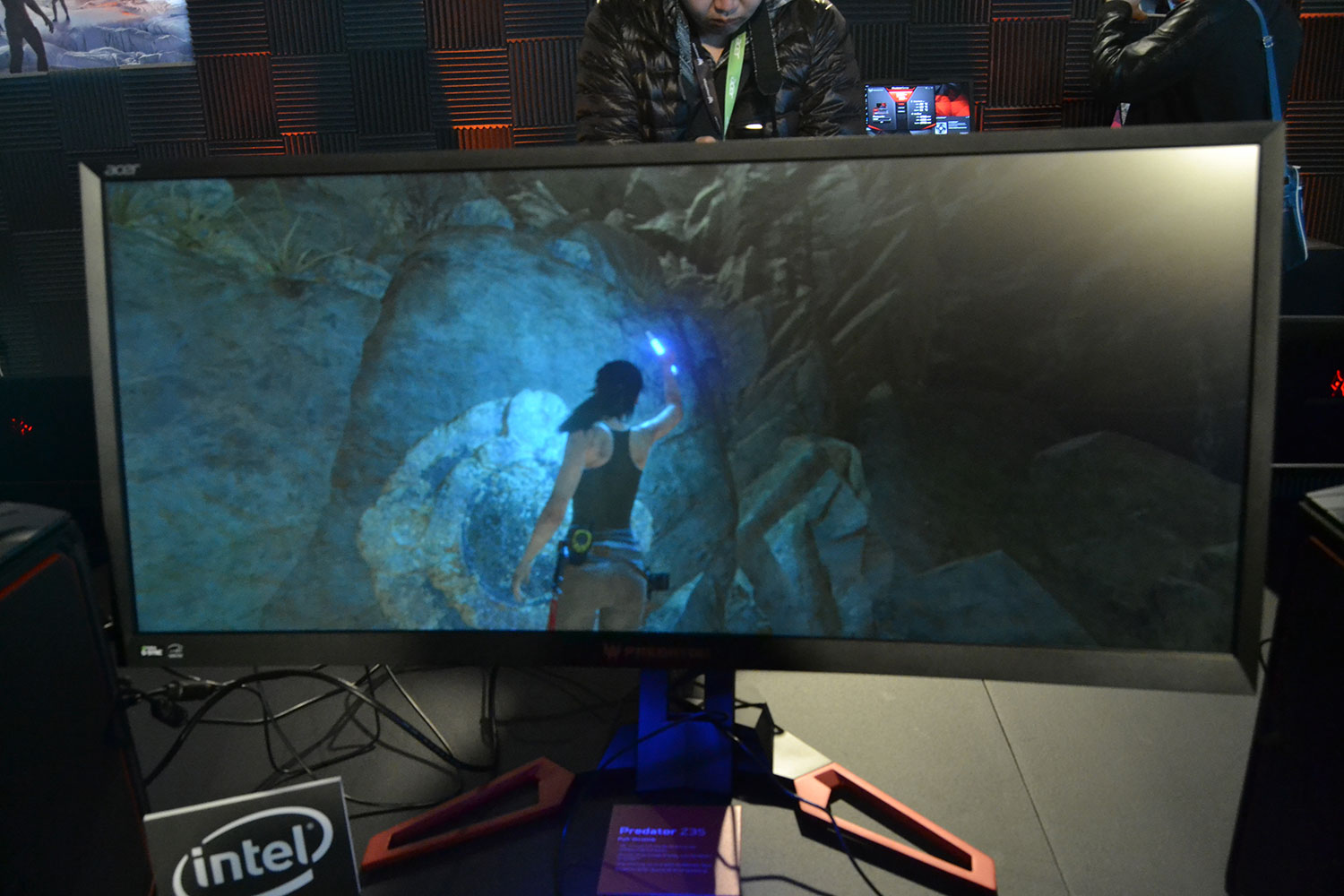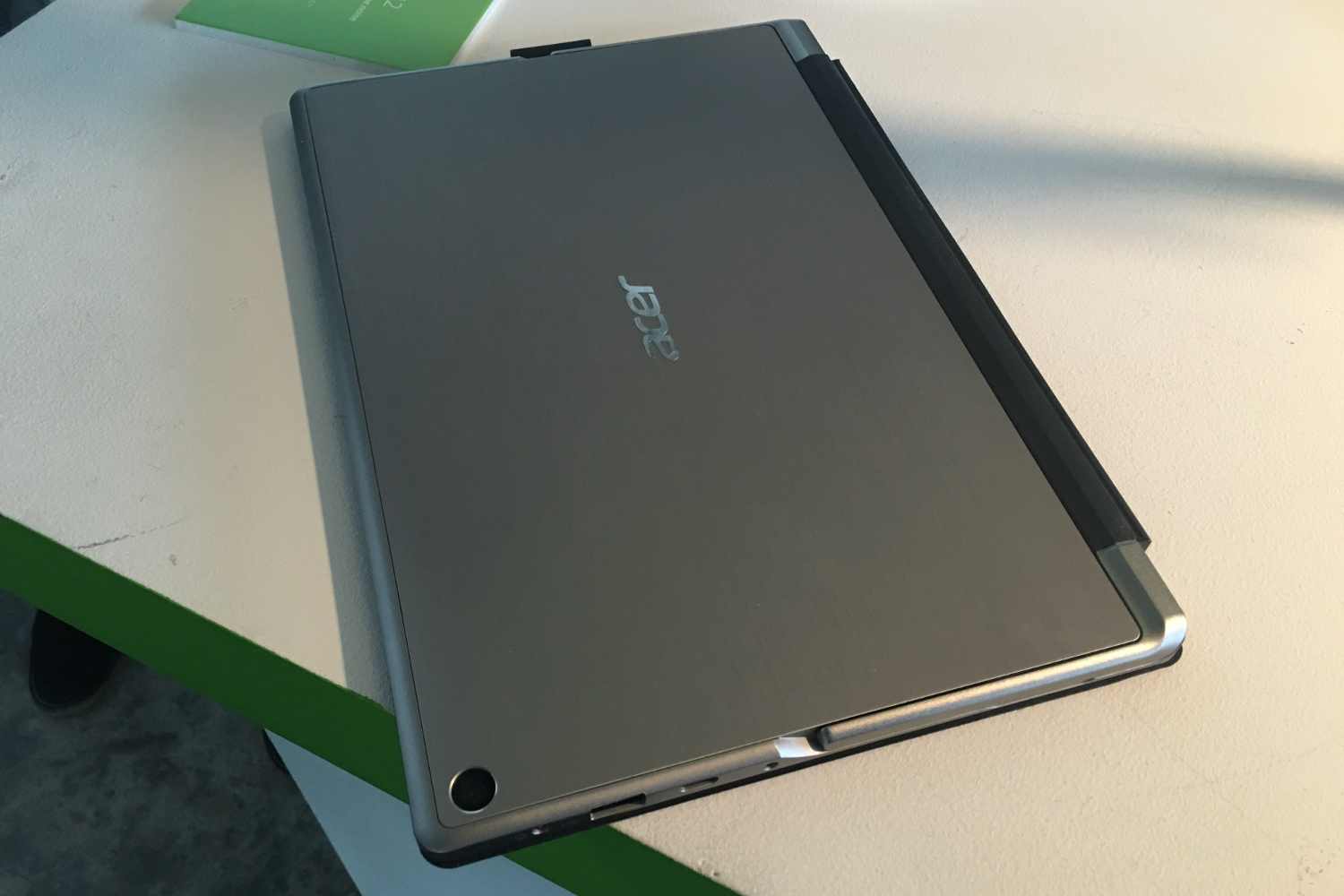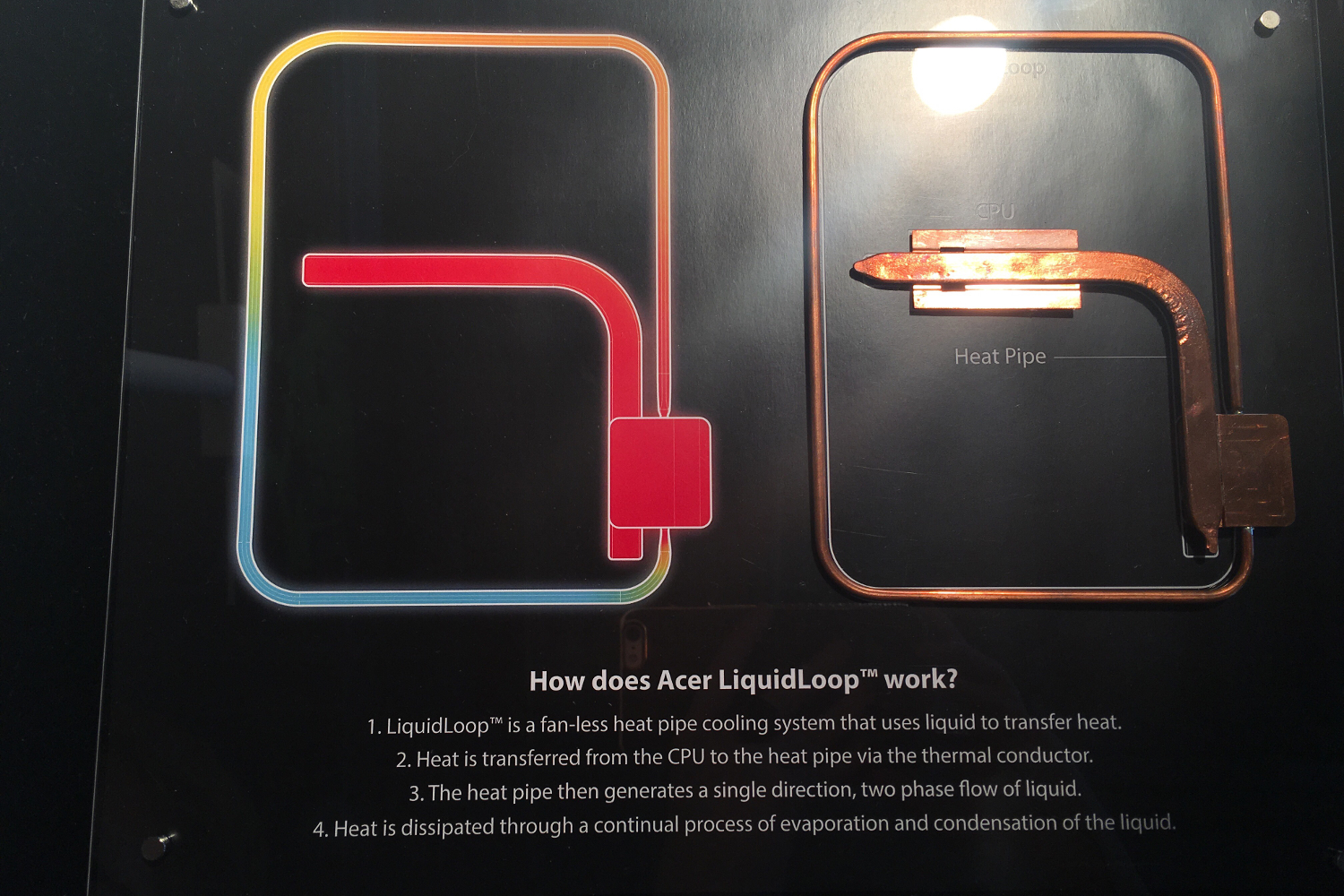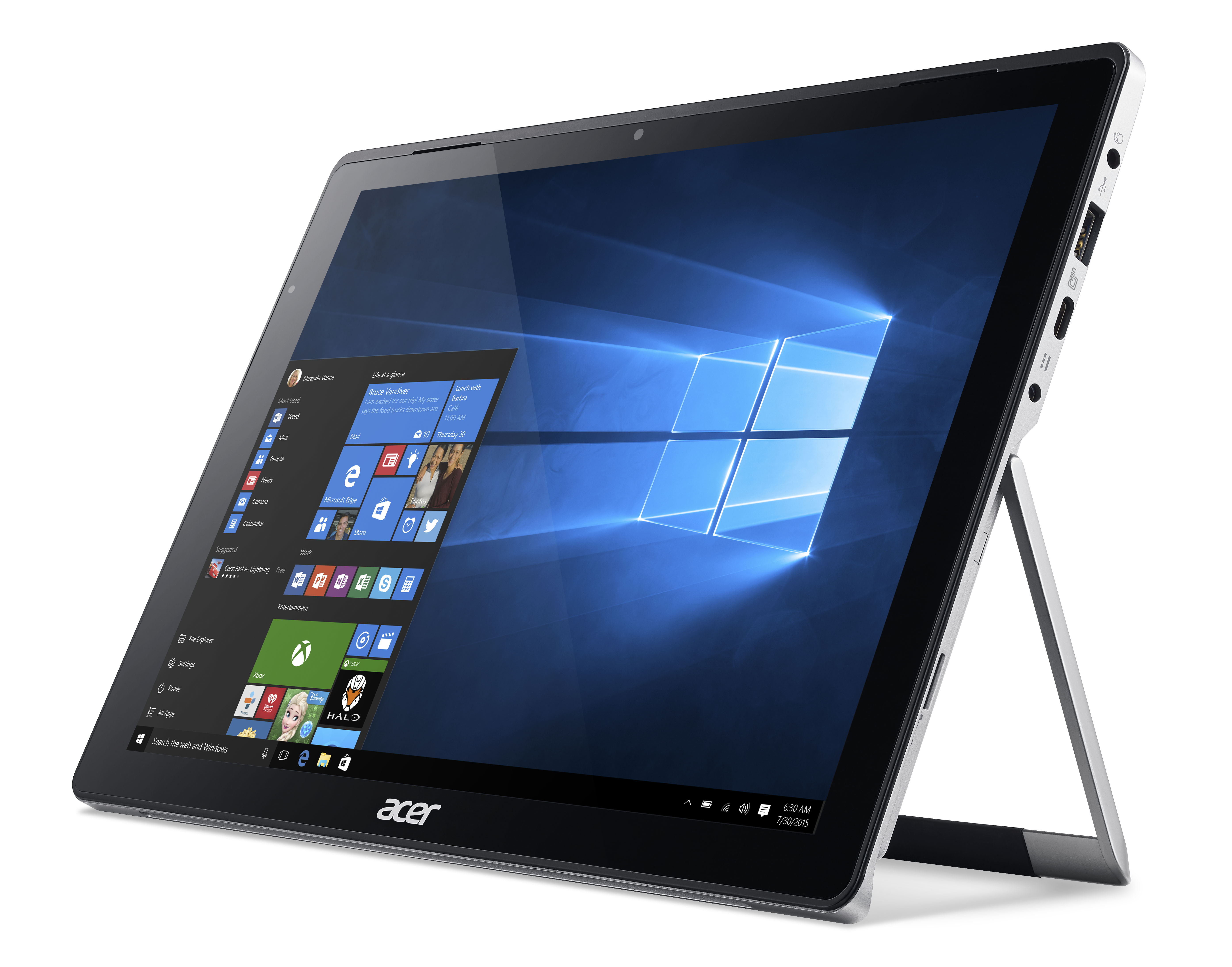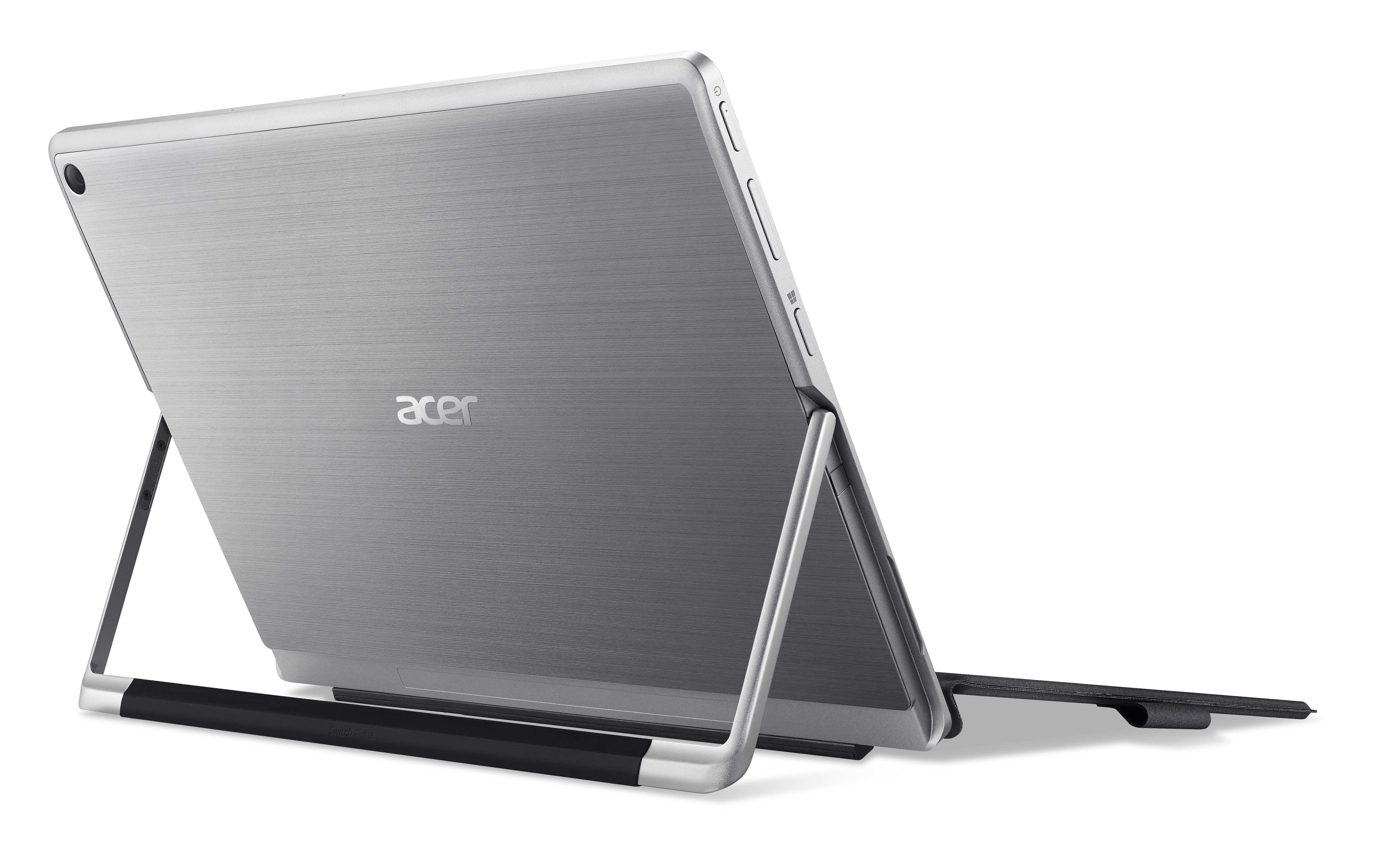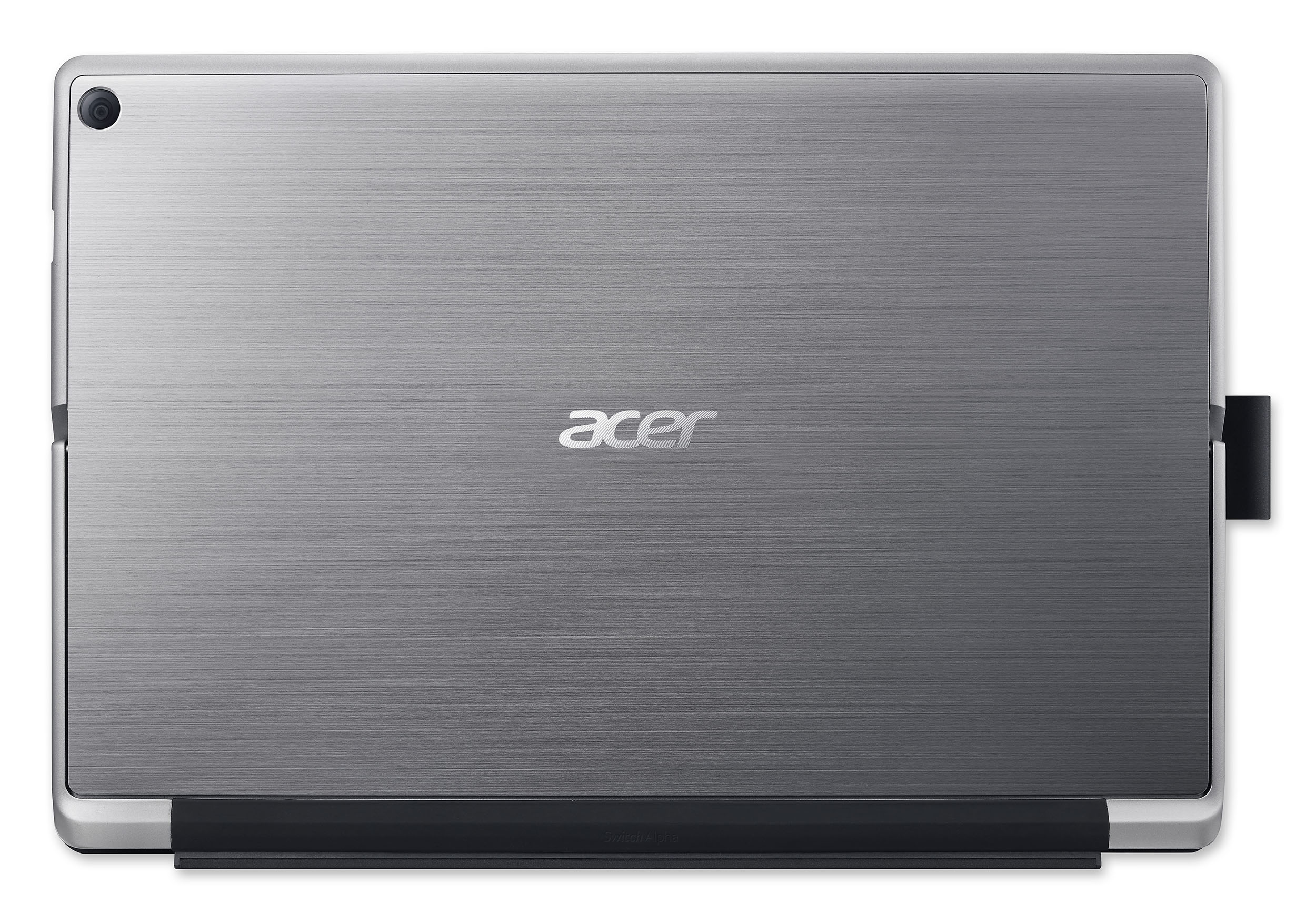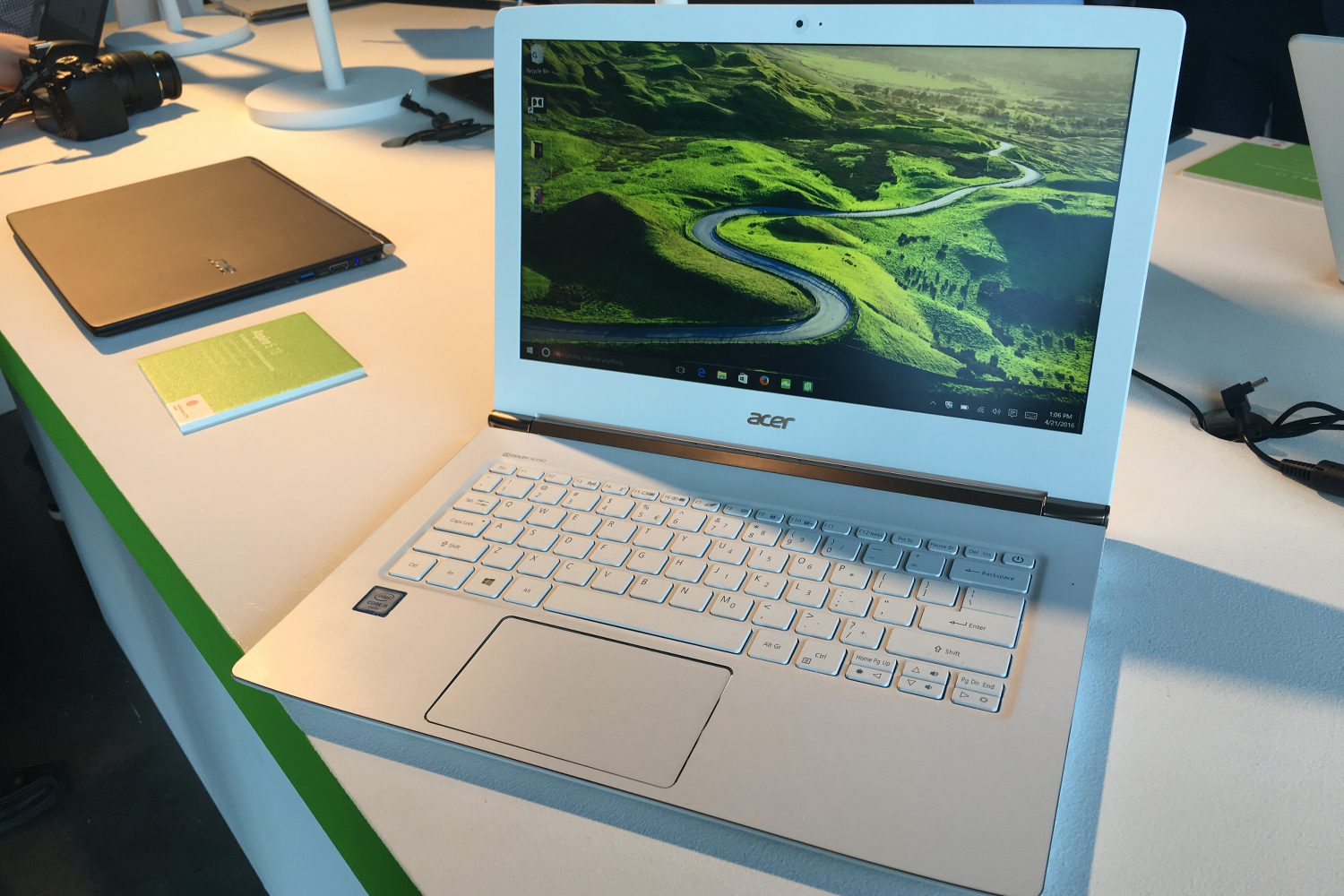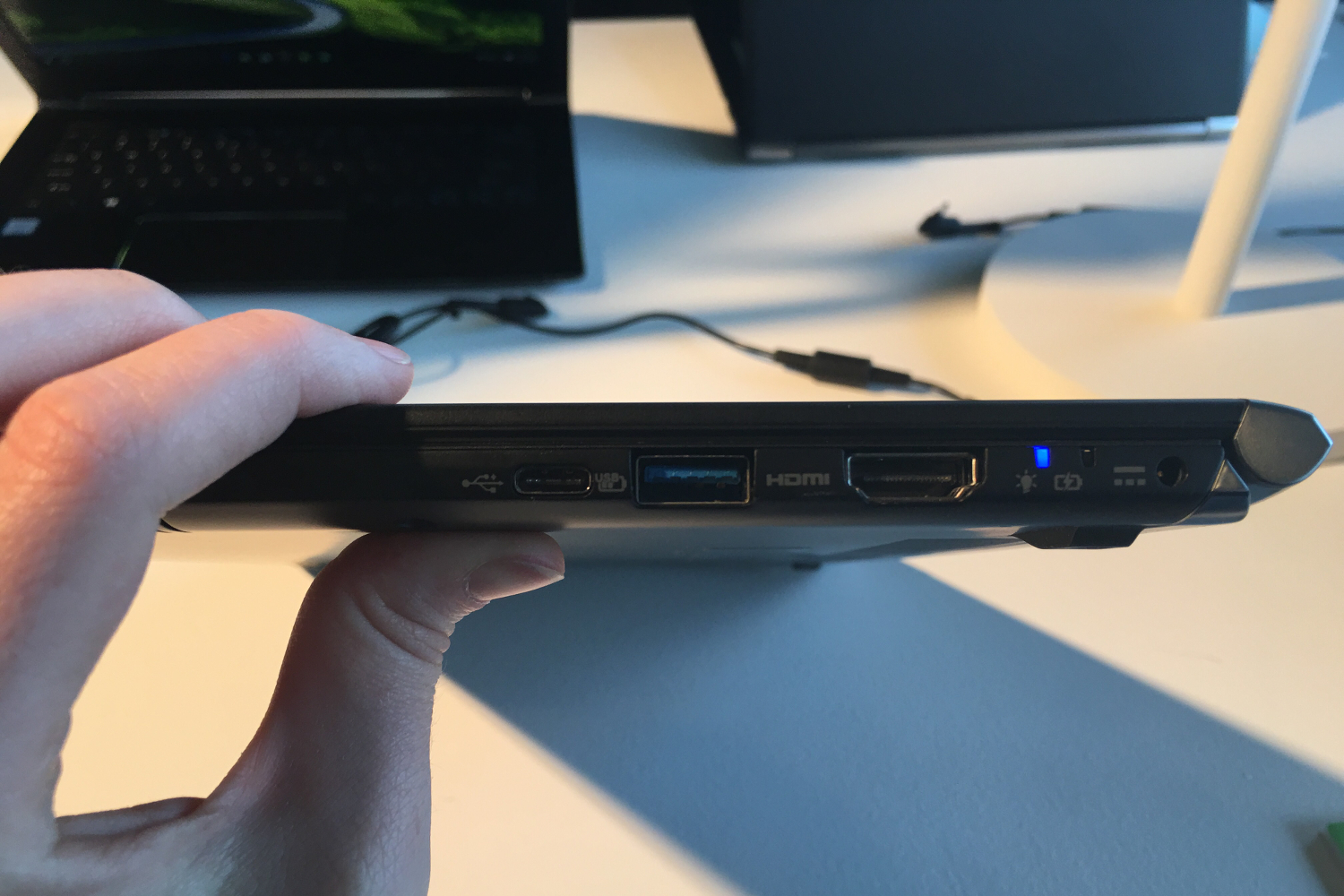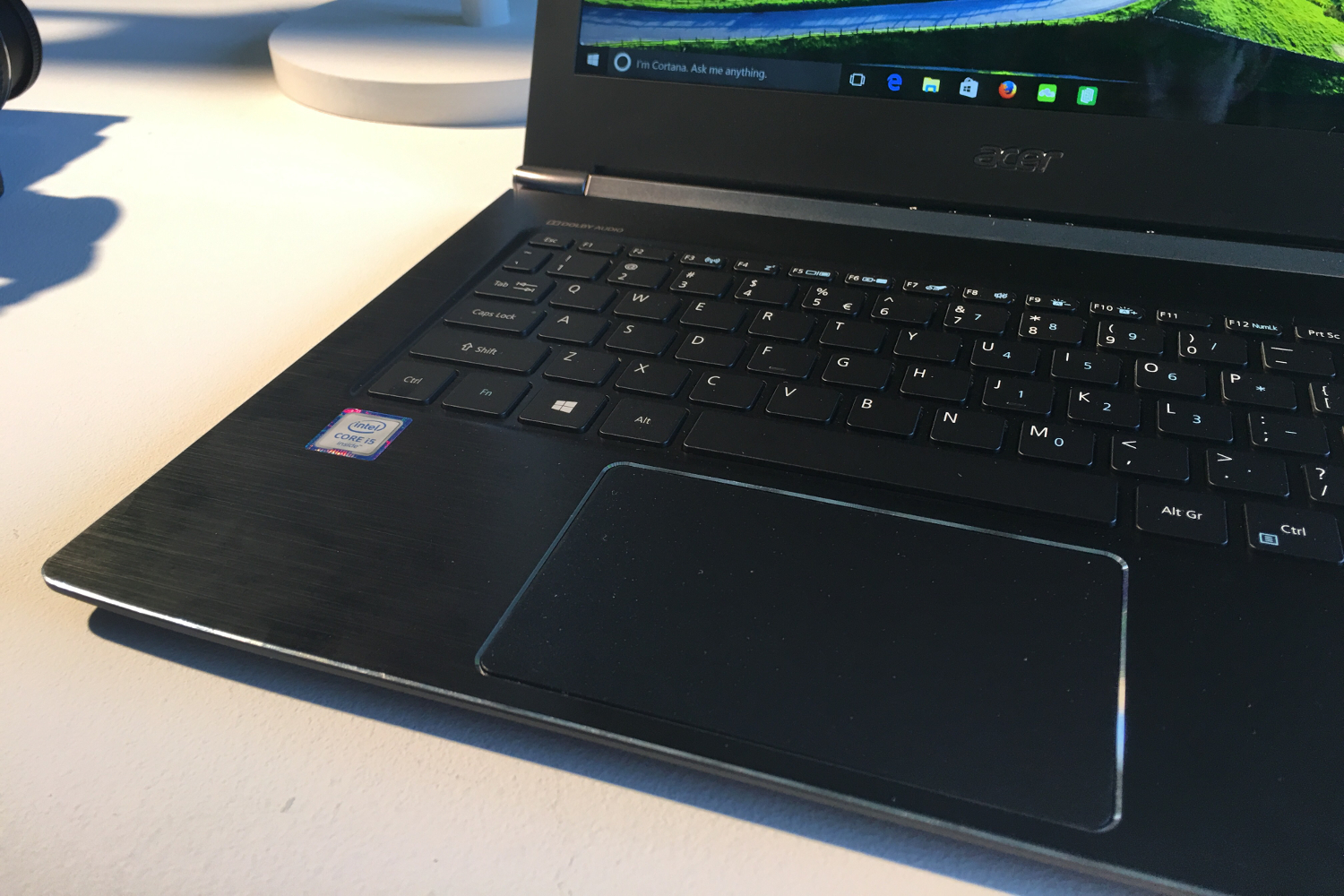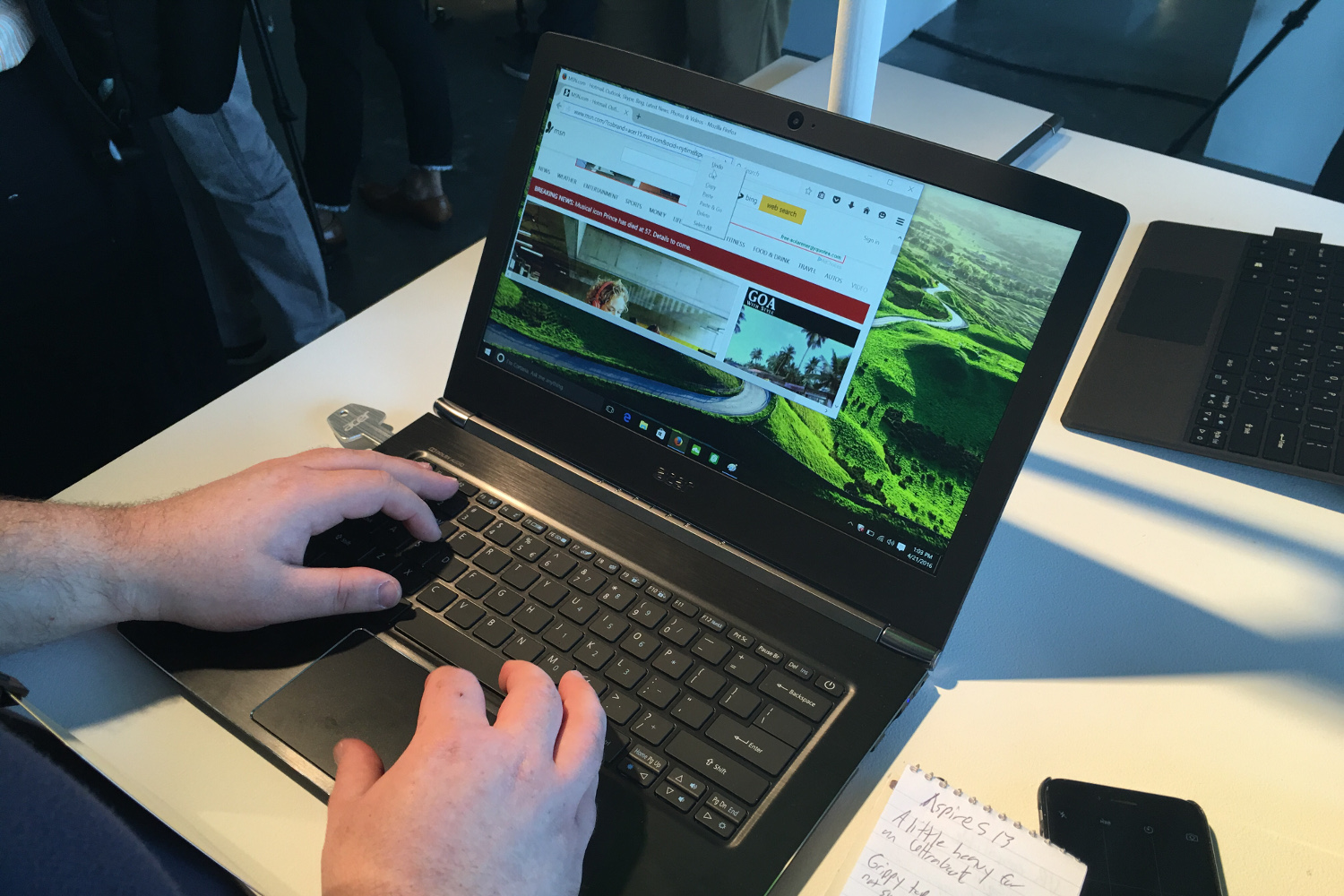Acer has struggled as of late, but that hasn’t kept the company from giving every category its best shot. On April 21, a conference in New York City revealed a massive computer line-up aimed at attracting consumer attention in North America, especially in the high-end and gaming markets.
Chromebook
Interestingly, Acer heaped attention on its Chromebook 14 for Work. This is a new version of the Chromebook 14 that is designed for serious enterprise use, as part of Google’s “Chrome for Work” program.
As an enterprise-oriented product, it’s designed to be durable, with a Corning Gorilla Glass case that can be customized to a business’ spec (to show a corporate logo, for example), spill-resistant keyboard, drop-testing from up to 48 inches, and full adherence to the MIL-STND 810G spec.
It’s powered by a standard Intel Core processor, instead of Core M or Pentium. That should give the new Acer Chromebook 14 a decent performance edge over its competitors, very few of which have an equivalent processor. RAM support goes has high as 8GB. Battery life is quoted at 12 hours.
The system weighs in at 3.2 pounds, which is fairly light given its 14-inch display. Speaking of which, the standard model has a 1,366 x 768 resolution, with an optional 1080p upgrade. The 1080p model is also said to have “wide viewing angles,” which probably means it’s based on IPS technology.
Connectivity includes two USB 3.0 ports, a USB 3.0 Type-C port, and HDMI-out, alongside 802.11ac Wi-Fi.
Acer says the Chromebook 14 for Work will be available in May, and will start at just $350.
Gaming
Acer brought the heat to IFA 2015 with the unveil of its redesigned Predator gaming notebook line, leading the Predator 17 to a position at the top of our favorite mobile gaming rigs.
Now, the company plans to offer even better performance with the Predator 17 X, a huge system with triple-fan cooling that intakes through the front and exhausts out the rear, like a desktop tower. The laptop also supports overclocking, and Acer says test samples have hit a stable 4GHz overclock, an impressive improvement over the typical 2.6GHz clock speed of an Intel mobile quad.
The Predator 17 X will of course include other cutting-edge hardware, such as a 4K display, Nvidia GTX 980 graphics (that’s the desktop-derived version, not the 980M), and multiple solid state hard drives. Acer says its overall level of performance makes it a rare example of a mobile PC that’s fully ready to handle VR.
Pricing for the Predator 17 X starts at $2,800, and the system will be available in June.
In addition, Acer announced the G1 gaming desktop. It’s a high-end, yet mid-sized, desktop tower with up to GeForce GTX Titan X graphics, 6th generation quad-core processors, and up to 64GB of RAM. It fits in above the previous G6 and G3, which could at best equip a GTX 980, giving Acer a much-needed boost in the extreme gaming desktop category. The system includes LED lighting and can easily handle the minimum requirements of Oculus’ Rift and HTC’s Vive. The G1 will hit stores in June at a starting price of $600 — though you can bet that model will be far less powerful than high-end system described in the press release.
The gaming announcements wrapped up with the Z1 monitor, a 30-inch curved panel with G-Sync and 2,560 x 1,080 resolution. Its refresh can go as high as 200Hz, the fastest we’ve heard of yet. This monitor will be available in June for $600.
Convertibles
Two new convertibles were announced at the event. First is the Switch Alpha 12, Acer’s rumored high-end detachable 2-in-1 notebook. It’s a fanless system, yet it features an Intel Core processor rather than the less powerful Core M. It’s the first of its kind to squeeze that chip in. Acer says the Switch Alpha 12 manages this with a LiquidLoop cooling system inspired by gaming systems.
It includes a 12-inch display featuring 2,160 x 1,440 resolution and, as you might expect from a 2-in-1, has a “versatile kick-stand design” that make it possible to prop the system up at various angles.
The size of the system is minimal. It weight 2.76 pounds and is just .62 inches when attached to the keyboard. The tablet alone weighs about two pounds and is .37 inches thick. Battery life is quoted at eight hours.
Obviously, the Switch Alpha 12 is meant to compete with the Surface Pro 4. Compared to Microsoft’s device, the Acer has a faster processor, and is a better value (its keyboard is included, rather than an accessory). Despite its hardware, the pricing is very low. The device will be available in June at just $600, a full $300 less than the Surface Pro 4’s most affordable edition without keyboard.
The flagship Switch Alpha 12 is joined by the much larger, redesigned R 15, which uses glass fiber design to “improve rigidity while maintaining a thin profile.” It can be equipped with up to 6th-gen Intel Core processors, up to 12GB of DDR4 memory, up to Nvidia GeForce 940MX graphics, and a 15.6-inch 1080p display.
Mainstream notebooks
Finally, Acer announced a new traditional notebook, the Aspire S 13. Starting at $700, and available in May, the device includes Intel Core 6th-gen processors, a 1080p display, up to 8GB of RAM, and up to 13 hours of battery life provided by a large 54 watt-hour battery.
The system will be quite small, measuring in at .57 inches thick and weighing in at 2.86 pounds. This isn’t as thin as an Asus Zenbook UX305 or narrow as a Dell XPS 13, but it’s certainly svelte enough for most users.
None of that sounds incredible, but it seems clear this is meant to compete with the Asus Zenbook UX305, our favorite low-cost ultrabook. The Aspire S 13 might have a chance – at the least, its processor should prove more powerful than the similarly priced UX305 (Asus just announced a new version with a standard Core chip, but it’s $750). Connectivity will include USB 3.1 Type-C, USB 3.0, and 802.11ac.
The S 13 is joined by a substantial update to Acer’s more affordable notebooks. The F15 and E-Series notebooks have been updated with the full line of 6th-gen Intel Core chips, along with optional Nvidia GeForce GTX 950M graphics. The more affordable ES 15 has also been updated with the latest Intel hardware – along with several new color choices.
